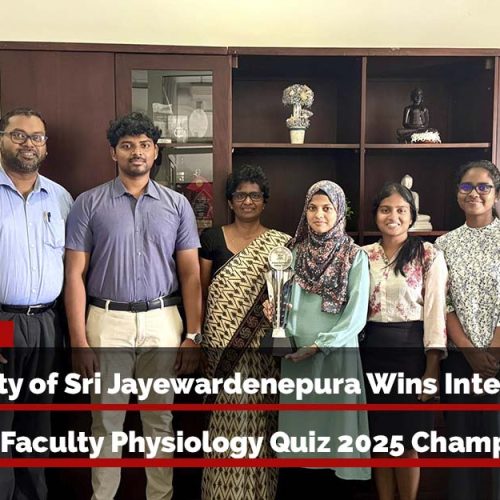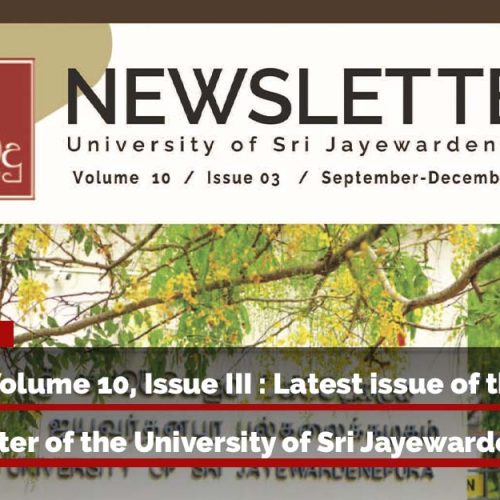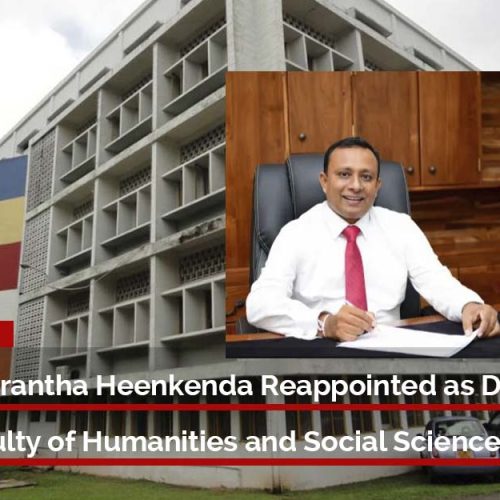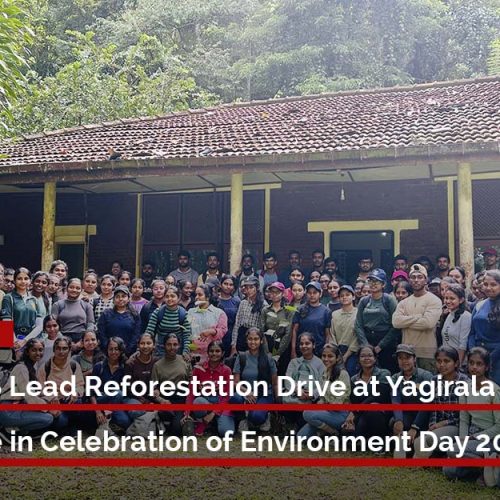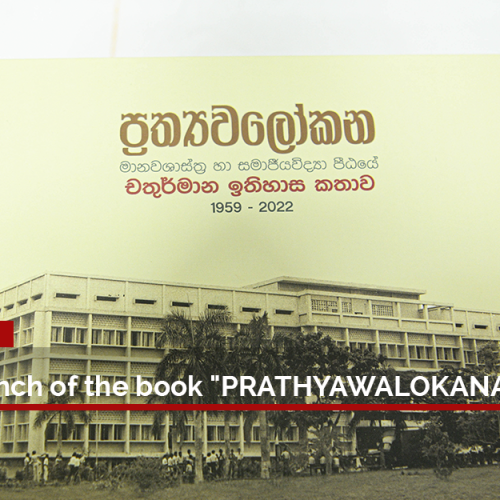Definition for the Marriage
Marriage is one of the most important rites of passage in anyone’s life. So many sociologists and anthropologists have launched extensive research on marriage in all types of societies. Even though marriage is a universal phenomenon it does not mean that the customs associated with marriage in all societies are universal. According to Nanda (1980) marriage refers to the, ‘customs, rules and obligations that establish a special relationship between a sexually cohabiting adult male and female, between them and any children they produce, and between the kin groups of husband and wife’(p. 196).
According to this definition it is understood that marriage is not between only two individuals; husband and wife, mainly from the opposite sexes. Its focus moves beyond the two individuals concerned and it develops a series of social networks. So a marriage means a large number of individuals, the kin groups, coming together to form uncountable social relationships among them.
The definition discusses the customs, rules and obligations that are practiced over generations and these formulate a set of rituals that we see in any marriage in any society. A ritual, according to Tylor (1991), is ‘a set or series of acts, usually involving religion or magic, with the sequence established by tradition’ (p. 457). ‘Poruwa ceremony’ (a series of rituals conducted on the wedding day as the couple gets married) is a common marriage ritual among the Sinhalese irrespective of their geographical differences. During the Poruwa ceremony a set or a series of acts, rituals that are associated with religion, myth and magic take place.
Poruwa Ceremony
Among the Buddhists in Sri Lanka the Poruwa ceremony holds an important place in a marriage due to numerous cultural implications and obligations. It is assumed that the history of the Poruwa goes back as far as two thousand years. There is the decorated granite Magul Poruwa, (a temporary stage erected to perform marriage rituals of the couple that is going to be wed), in the Magul Maha Vihara at Lahugala in Ampara district in Sri Lanka. The historical belief is that this was used during the marriage of King Kawantissa of Ruhuna and Vihara Maha Devi, the parents of the well-known Sinhala King Dutugemunu (161-137 BC).
Magul Poruwa at Magul Maha Vihara at Lahugala in the Ampara district
Poruwa Ceremony as a Ritual
On the day of the marriage the cynosure of all eyes of the participants of the wedding is on the Magul Poruwa. Ratnapala (1991) describes Magul Poruwa as ‘a ceremonial dais built with wooden planks decorated with young coconut leaves’ (p. 74). The colorful construction of the Poruwa is the responsibility of the bride’s family. There are some individuals at village level who are especially noted for such artistic work. It is the attraction of the entire ceremony so it should maintain the dignity of the family in front of their friends, neighbours and relatives alike. Senarathna (1999) cites that the artistic outlook of the Poruwa differs from marriage to marriage and it displays the innovativeness of the creator.
Magul Poruwa – Different Arrangements
The commencement of the construction too begins according to a nekatha (an auspicious time). As the bride’s family consults the services of an astrologer (a person who deals with astrology) in matching the horoscopes (a description written on an ola leave or on paper describing what someone is like or what might happen to him in future based on the positioning of the planets at the time he/ she was born) of the future bride and the groom, the astrologer predicts an auspicious time based on the nature of the positioning of the planets on both horoscopes. This is very important since the entire future of the couple begins at the Poruwa on which their social union takes place. The blessings of the Buddha and the Gods are invoked immediately before the construction begins. Thus the religious affiliations of the Poruwa rituals are noted.
The placement of the Poruwa is also vital. It should face the direction that gives prosperity to the couple as stated by the astrologer at the consultation of both horoscopes. In constructing and decorating the Poruwa people of different localities use plantain trunks (Musa acuminate or Musa balbisiana), arecanut logs (Areca catechu), coconut flowers (Cocos nucifera), young coconut leaves, Na leaves (Messua ferrea), Kohomba (Azadirachta indica), Koboleela (Bauhinia), Lotus (Nelumbo nucifera), and Lily (Nymphaea stellata). Kohomba (Azadirachtaindica) is used since people believe in its qualities like hardness, medicinal value and its divine affiliations.
A white cloth which is known as pawada (a cloth to be tread on) is laid on the Poruwa and the Poruwa is covered from above, under the roof or ceiling of the house with another white cloth which is known as viyana (a cloth placed above the head of the people who stand, sit or are seated). The use of white above and below always symbolizes purity because the purity of the bride is a prime concern of both parties and all the participants gathered. The bride who has preserved her purity till her formal marriage brings dignity not only to herself but to the parents, relatives and all her associates. Thus the use of the color white becomes extremely symbolic in this context.
To denote prosperity, flowers, paddy or rice (Orysa sativa) or both and grain, betel leaves (Piper betel) and coins are strewn on the Poruwa. Flowers are associated with all the rites of passage of a person, like birth, puberty, marriage and death. Flowers are used in many day-to-day religious and non-religious activities too. Flowers add beauty to the occasion and mainly the white color of different flowers like pichcha (Jasmine) again represents charm and purity. Flowers add a revered nature to the context also because the marriage is the most important and ceremonial rite of passage that ‘accompany the changes of status that occur in the course of the life cycle’ of any individual (Jary and Jary, 2000: 525).
Paddy and/ or rice with grain stand for the food in life. No elder wishes their children or younger generation who are going to start a new life to starve so the abundance of food is vital for anyone in their lives. The strewn paddy, rice and grain on the Poruwa depict that the couple’s future life will not be without food for their survival. Since Sinhalese have been mainly an agricultural community, the self-sufficiency of the family is of paramount importance. So this symbolizes that the future of the family unit of the couple will be blessed with food in abundance.
The strewn betel leaves too indicate the prosperity in relation to food. The Sinhalese have a saying in their heartiest greeting ‘batha bulathin saruwela’ (prosperity in rice and betels). Batha means rice and the bulatha means the betel leaves. A person having batha means he does not starve. Betel leaves play an important role in the lives of the Sinhalese in many ways. In all important instances of one’s life betel leaves are used as a food to share intimacy, a form of invitation and greeting. So, betel leaves are an inseparable element in the lives of the Sinhalese. The Sinhalese believe that betel leaves are brought to the human world from the world of Naga (one of the ideal realms in folklore). So there is a form of reverence attached to it. The coins strewn on the Poruwa too denotes that the couple will have the much needed and the desired economic or financial stability.
On the four sides of the Poruwa four ‘punkalas’ (the earthen pots that symbolize prosperity) decorated with arecanut (Areca catechu) or coconut (Cocos nucifera) flowers are kept. These are placed to denote prosperity. So the person who captures the beauty of a punkalasa is delighted and psychological satisfaction is critical for an individual who is going to assume a very serious role in his or her future life. The four coconut oil lamps lit on four sides meant for the ‘sathara waram devivaru’ – Drutharashta, Viruda, Viroopaaksha and Vaishravana. This symbolizes that the couple that gets wedded will be protected by these divine powers in all their good and bad times.
The couple is ushered on to the Poruwa at the auspicious time by their uncles; the elder or younger brother of the mother. Even though there is no exact reasoning for this action one elderly person who has been conducting Poruwa rituals for many years explained to the researcher that when the sister is in distress or experiencing hardships it is the brother who assumes the responsibility after the father. So this has been a customary practice among the Sinhalese that the brother of the mother is implying those who are present that he is taking over the responsibility of his relative at any time of his or her hardship.
There is a specific direction which the couple and the uncles must face as they step onto the Poruwa. In the Sinhala Buddhist tradition, people are highly concerned about the ‘time’ and the ‘direction’. They believe that there are ‘good’ and ‘bad’ times in their lives according to the planetary movements of their horoscopes. So before starting anything they need to know a ‘good’ time that will bring them better results. The direction is also the same. They believe that the influence of a particular divine power will be on the individual if he commences his work by looking in that particular direction. If one starts work looking in a direction that is unsuitable or at an inauspicious time then he or she will get an undesirable result. So in the Poruwa ceremony too the time and the direction of things at the beginning of life are vital.
As the couple is ushered on to the Poruwa by the uncles at the auspicious time, conch shells are sounded and drums are played. This has been another customary practice or ritual among the Sinhalese to inform the others that a special events taking place. The conch shell sounds are used to convince the dignity and the majesty of the action and the environment is filled with their gorgeous sounds. The playing of the drums is also common practice or ritual in all important occasions. The sound of the magul bera (a type of drum) fills the entire surrounding with a charming and a majestic atmosphere.
The first thing done at the Poruwa ceremony is the dressing of the bride with clothes and jewellery. One thing the female needs as the wife is receiving love and care from the future husband. The husband acts it out symbolically here on the Poruwa by dressing the bride, so he is accepting and proving to other participants that he is going to provide the basic necessities to his future wife as she is going to live under his care. Adorning jewellery too becomes symbolic because jewellery signifies the value the husband has placed on the wife and economic security.
As the couple is mounted on the Poruwa ‘ashtaka’ (stanzas recited at the Poruwa) is recited by the proficient elders to invoke the blessings of the gods and any other super-human or non-human powers to the newly wedded couple. In many cases two elderly males represent both sides in doing this. These ashtaka are not only to invoke the blessings of the divine realm but also to avoid the ‘evil eye’ and ‘evil mouth’ of the people and to minimize the influences of the malicious planets. So all in all these ‘jayamangala gatha’ (benedictory verses) are sung or recited to make the future life of the couple less troublesome.

The recital of ‘Jayamangala gatha’ (benedictory verses)
While the ashtaka are is being chanted or recited an elder ties the sulangili (the small fingers) of the bride and the groom with a thread to symbolize their marital union. This indicates that this tie should remain forever, and the couple should not separate or divorce. The act of tying in front of the crowd gives a social acceptance and recognition to the bride and the groom since all the participants know that they are legally married. Their hands are joined and water is poured over them. Water is another symbol since time immemorial. Water is life, without which no one can survive. So water poured on their hands means that they will never lack anything in their future life. As water flows, the things they dream of will flow into their lives.
The groom then gifts the mother of the bride with a kiri kada selaya or redi kachchi (a pile of white cloth) which has many meanings.

Offering of redi kachchi (40 yards of white cloth)
First, it is the paying back for the suffering the mother of the future wife has undergone in nurturing the bride till now. The mythical implications of this action too are noteworthy. According to the tradition during king Okkaka’s time, the daughter of Malathi was given in marriage to the son of the Brahmin Subrahma, the mother of the bride started crying because she could not tolerate the separation of the daughter. At this moment the groom handed over a pile of cloth to soak the tears of the bride’s mother. So the Sinhalese Buddhists believe that to pay gratitude to the future mother-in-law the groom should gift a pile of cloth as a ritual.
The Poruwa ceremony ends with offering betel leaves to the elders, relatives and the kin of both parties.

Offering betel leaves to pay gratitude to the future mother-in-law
Each shaft of betel leaves has forty (40) betel leaves symbolizing the fingers of the one who gives and receives in their hands and legs. The first seven shafts are offered remembering ‘hath muthu paramparawa’ (the seven generations), that are dead and gone. It is a paying of gratitude, but these betel leaves are left to fall on the side of the Poruwa because no one is to accept those. This ritual too signifies the recognition of the sufferings and sacrifices the past generations have made to build the present generation up to this level.
As the couple dismounts from the Poruwa at an auspicious time a coconut is broken to drive away any evil influences that will plague them in the future. The eyes of the participants remain in this action because they all believe that if the coconut is broken exactly into two halves the future of the couple is better. Otherwise it is considered an ill-omen. Finally the rice or paddy, money, clothes and betel are given to the dhobi (the washer man or woman from the Rajaka caste). Since the entire process of the Poruwa ceremony cannot be completed without their specific role as a form of gratitude and an evaluation of the services provided to the bride’s family, the washer man or the washerwoman is gifted many items such as money, food and clothes. They are the ones who deal with the two main concepts of ‘purity’ (being pure or the status of purity) and killa (being impure or the status of impurity) in the local tradition.
The Poruwa ceremony has undergone so many changes over the generations. With the influence of the western tradition the wearing of the veil, the exchange of rings and the western dress can be seen. So, anyone who observes the Poruwa ceremony from a sociological or anthropological perspective would note that it has become a major ritual comprising of many minor rituals that have undergone timely changes.
References
Abercrombie, N., Stephen Hill and Bryan S. Turner, The Penguin Dictionary of Sociology, (London, 1988).
Jary, David and Julia Jary, Collins Internet-linked Dictionary of Sociology, (Glasgow, 2000).
Nanda, Serena, Cultural Anthropology, (New York, 1980).
Ratnapala, Nandasena, Folklore of Sri Lanka, (Colombo, 1991).
Senarathna, P.M., Marriage Rituals of Sri Lanka, (Colombo, 1999).
Tylor, E.B., Dictionary of Anthropology, (New Delhi, 1991).

Written By
Dr. Jayantha Jayasiri
Department of Anthropology
Faculty of Humanities and Social Sciences
University of Sri Jayewardenepura
This Article is cites from:
Jayasiri, J. (2010). Ritual Ethics and Societal Stability in the SAARC Region, SAARC Culture, Vol 1, Colombo: SAARC Cultural Centre, pp. 119-133.
More Publication on Culture, Traditions, Customs, Ethics etc. of SAARCC region: saarcculture.org/publications
Images of Magul Mahawiharaya in Ampara District: serendib.btoptions.lk/





